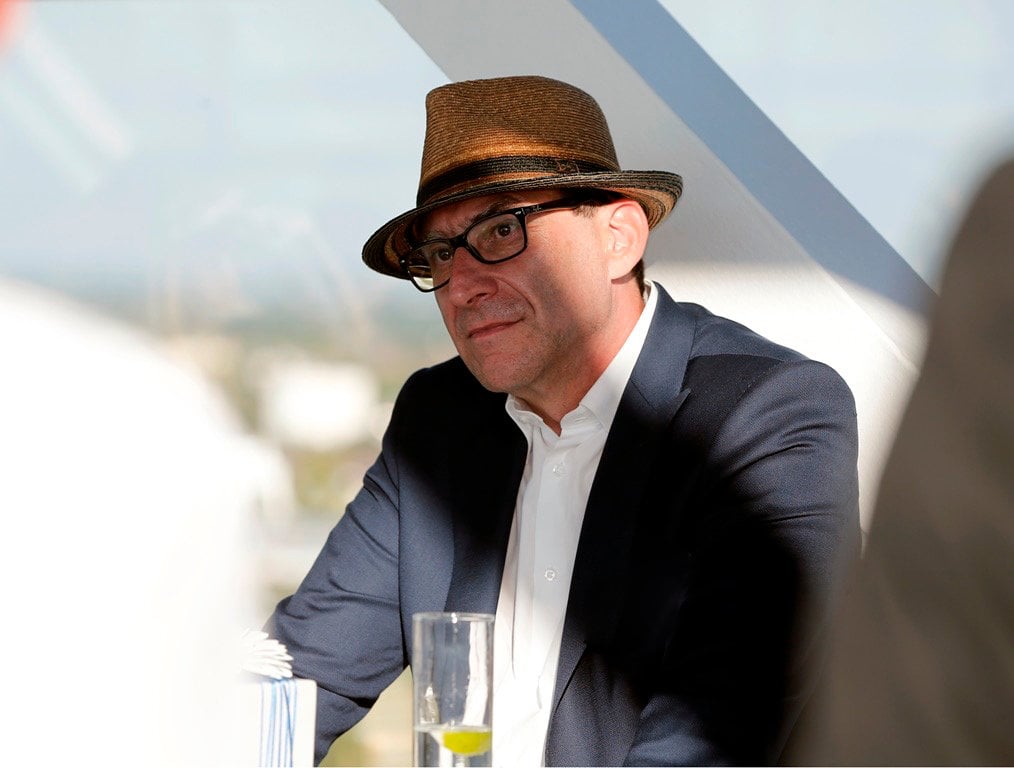
A short film snippet is currently doing the rounds on “X”. It shows a discussion at the re:publica24 conference, when panelist Carolin Emcke rejected the idea of “pros and cons” amidst roaring applause: “We are constantly being led to believe that there are equally valuable and reasonable and contradictory positions on all issues.”
In my opinion, this is a dangerous and rather under-complex statement, especially in the area of technology and innovation.
Tesla, Space X and Elon Musk
Let’s imagine for a moment that this statement is fundamentally true. The electric car and Tesla are a very good example. When the pugnacious Elon Musk insisted that the electric car was the future and used thousands of laptop batteries to create an electric roadster, the entire automotive industry laughed at him.
When Elon Musk declared with Space X that reusable rockets would make space travel more affordable, the entire aerospace industry laughed at him, including NASA and ESA. Landing a booster stage on a raft in the sea? Impossible.
Technology is in flux, which is why the idea of technological openness is of central importance. Openness to technology has always existed. It is the origin of all innovation.
Is everything set in stone?
It has now been proven that electromobility is a formidable solution for avoiding CO2 and other emissions. If the energy for the vehicles is generated from renewable or low-CO2 sources, this would actually help the climate in the long term.
The problem is similar for space travel. In zero gravity, factories could produce materials and substances that could only be produced on Earth at enormous expense – and then there is Musk’s idea of leading humanity into a multi-planetary future. Only low-cost shuttles to Earth orbit or beyond can accelerate the emergence of a new industry.
The dilemma with hydrogen
The transport revolution could also have worked with hydrogen, but the cost of producing the energy-rich gas has been far too high. Even in heavy goods transport, where many had predicted a future with fuel cell trucks, there has been a rethink in favor of battery-powered electromobility.
This could change again
A test installation by the Austrian company RAG-Austria AG is currently making the rounds. With the help of development by the Berlin-based company Graforce GmbH, it has been possible to dramatically reduce electricity consumption in the production of hydrogen. The process, called methane electrolysis or plasmolysis, splits methane (CH4) from natural gas, for example, into hydrogen and solid carbon.
The highlight: the solid carbon can be used as a basic component for new products, such as fertilizer. This is because soils are now losing more and more of the vital carbon through agriculture.
And the costs?
In addition, the production costs for hydrogen in Europe are falling from 6 to 8 euros to 1.5 to 3 euros. That’s less than half. In windy countries like Patagonia or sunny regions like the Gulf, the costs could be reduced to less than one euro.
Never say never
Before the new plasmolysis became known, I would probably also have rejected the use of hydrogen in transportation. After all, apart from CO2-polluted steam reformation, the only other option that would have occurred to me would have been electrolysis using renewable energy. Both are expensive processes with disadvantages that would hardly promote the fuel cell drive.
The new process proved me wrong. Never say never. And always remain optimistically open to new things.

